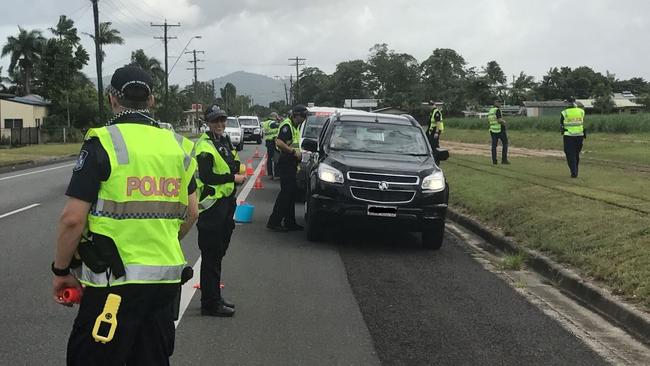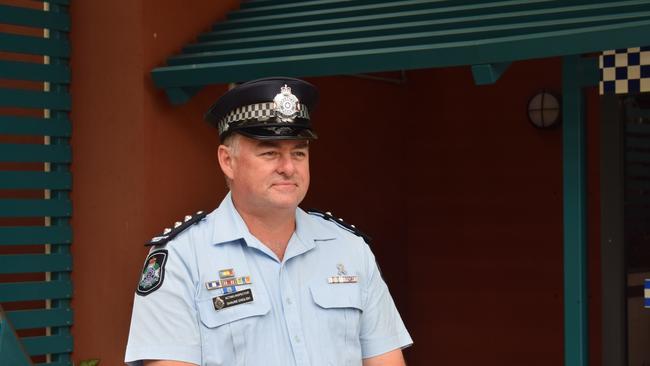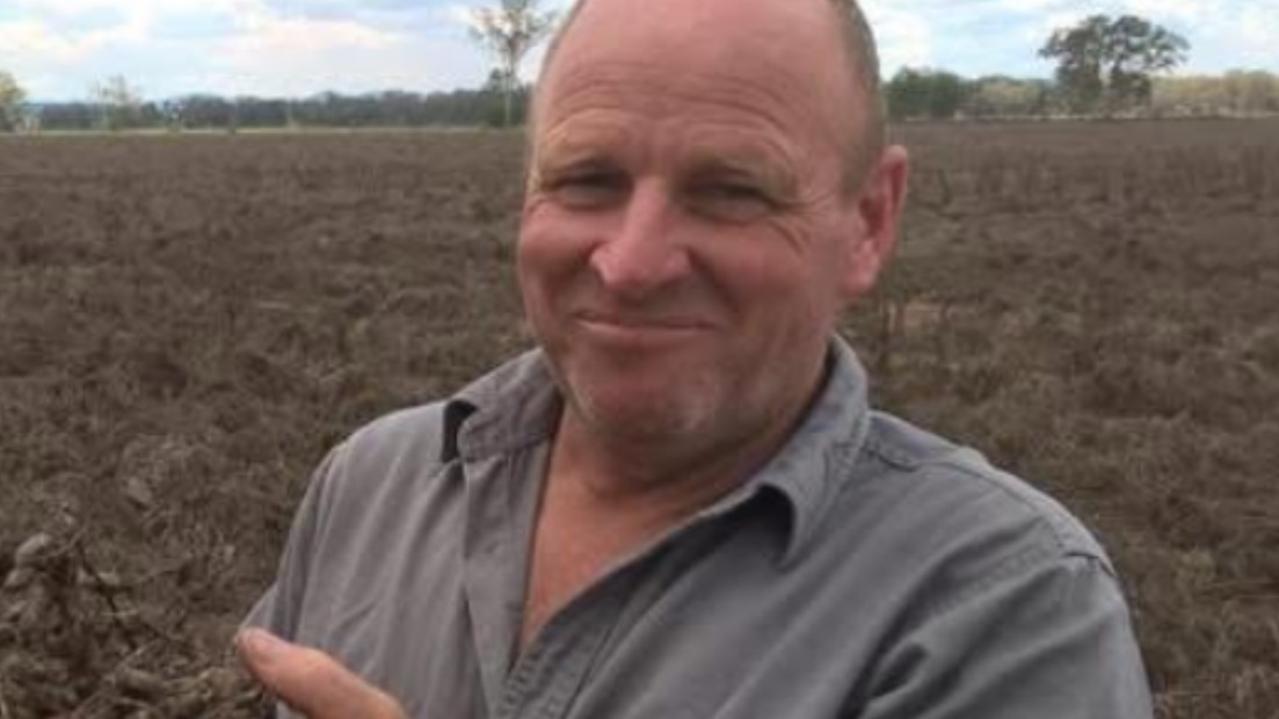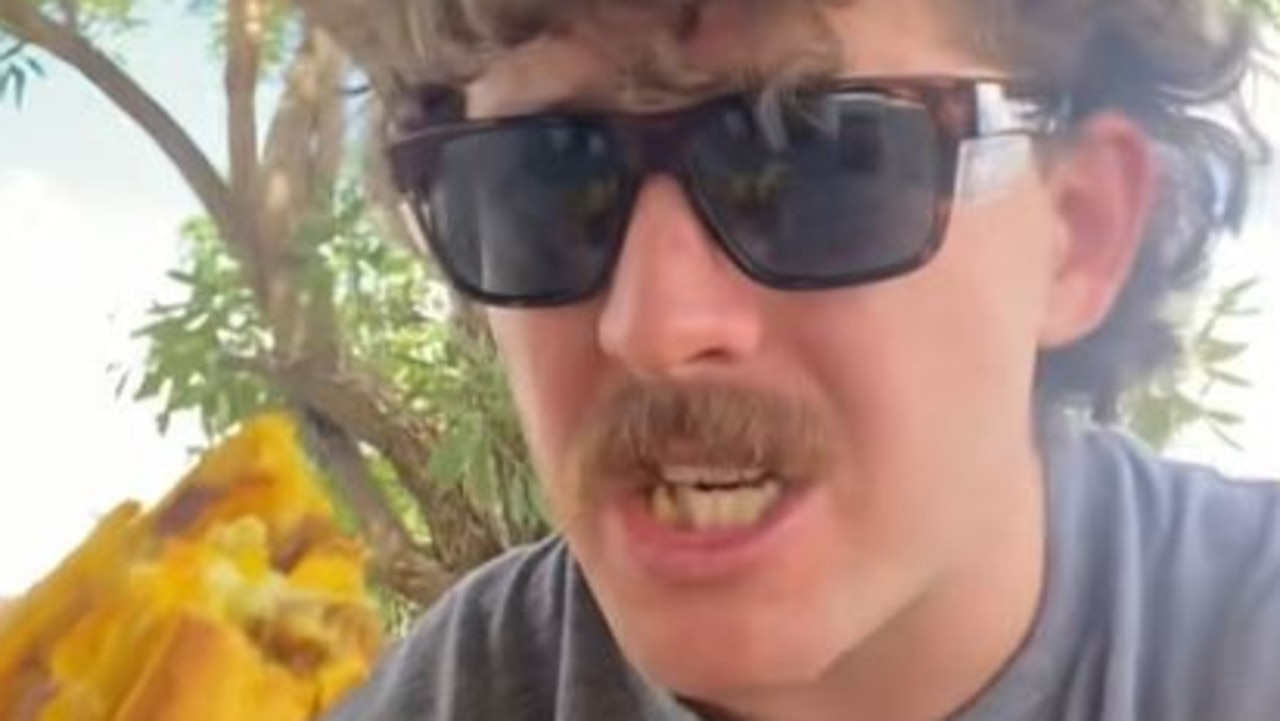Drug drivers up by whopping 915%
Regularly the number of drug drivers outnumber drink drivers on the regions roads.

Gladstone
Don't miss out on the headlines from Gladstone. Followed categories will be added to My News.
REGULARLY on Gladstone region roads, drug drivers outnumber drink drivers in a statistic that is mirrored across the state, and has soared by an incredible 915 per cent since 2010.
The scourge on society that is the drug ice, is the most common drug police find in tests on the region’s roads.
Often families are destroyed and left devastated when innocent victims are killed at the hands of drug drivers, Queensland police have said.
Whether it be ice, MDMA, GHB, cannabis or other illicit substances, drivers continue to flout the laws, which could see them face jail and massive fines, plus potentially the lives of innocent victims on their conscience.
Complaints from victims’ families include the fines received by drug drivers are less than the penalties of $1000, for driving while on a mobile phone.
Queensland police say one-in-three people tested for drugs while driving produce positive results to illicit substances, and the number of detections has soared by 915 per-cent in the past decade.
Calliope Road Policing Unit officer in charge Senior Sergeant Shaune English said drug driving testing had been expanded, which could account for the rise in statistics, and was targeted.
“We are definitely seeing a lot of drug driving...quite often we see more drug drivers than drink drivers in a week,” he said.
“Unlike drink driving RBTs, where we pull over every car and test every driver, drug driving tests are conducted at the discretion of the officer.
“A drug test will come down to a bit of intuition on behalf of the officers, as to whether we think it’s possibly going to be a person who uses drugs.
“We look for signs that the person may have used drugs, or if we are suspicious, they will be tested.”

The Drager drug testing units used by police test for cannabis, methylamphetamines and MDMA or ecstasy.
Snr Sgt English said ice was the most common drug detected in the region.
“We do see more of the methylamphetamines, however it’s probably an indication of how long it stays in people’s systems,” he said.
The message is simple, Snr Sgt English said, for anyone considering driving after using drugs.
“The biggest thing for drug drivers is, in relation to the detections, it actually stays in your system longer than alcohol,” he said.
“As much as you may not be feeling the effects, if you have used any illicit drugs in the last seven days, there is the potential that it still may be in your system.”
Roadside saliva tests take between three and five minutes to produce a result, the Queensland Government said, and if you produce a positive test, you will be asked to undergo a secondary test.
Magistrates can impose penalties of disqualifying you from driving for between one to nine months, fine you up to $1,868, and impose a maximum term of imprisonment up to 3 months for first offenders.
READ MORE: Daily 16-page digital edition to feature major stories


